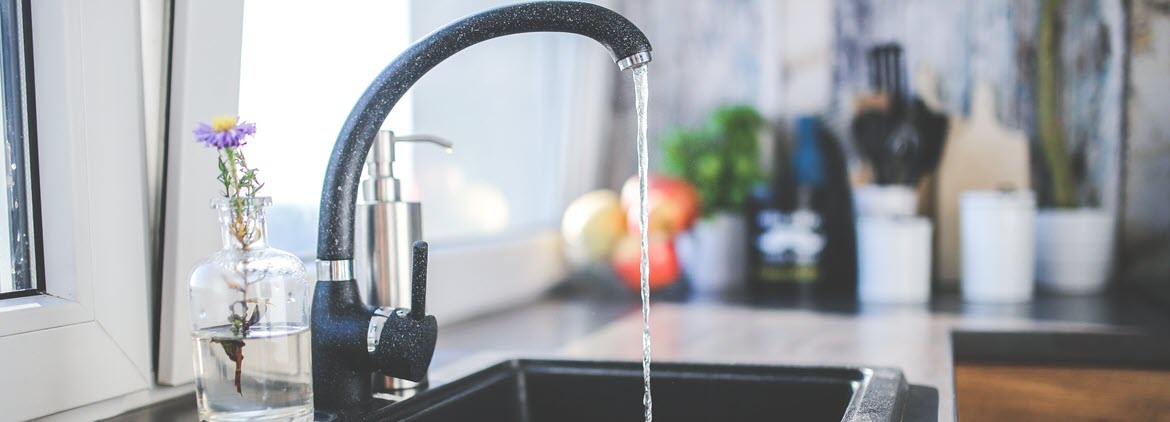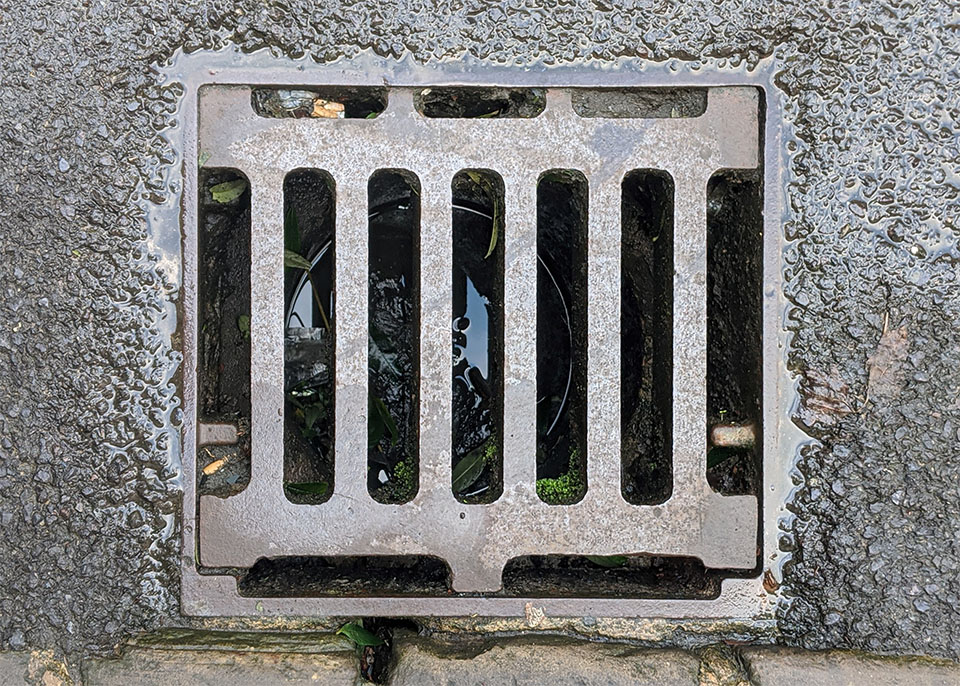How do you feel about What I learned from trying to deal with a clogged drain?

Introduction
Taking care of an obstructed drainpipe can be an irritating experience, disrupting daily tasks and possibly creating damages to your home. Nevertheless, before connecting to pipes experts, there are steps you can require to resolve the problem yourself. In this guide, we'll explore do it yourself options and preventive measures to take on an obstructed drain properly.
Determining the Problem
The first step in resolving a blocked drainpipe is acknowledging the indicators. Slow water drainage, gurgling noises, foul odors originating from drains, or water support up prevail signs of a blocked drainpipe. Determining these signs early can aid avoid further difficulties.
Selecting the Right Plumbing Solution
When selecting a pipes service, think about variables such as experience, licensing, and consumer testimonials. Choose a reputable plumbing professional with a track record of top quality craftsmanship and transparent prices techniques.
Price Factors to consider
The cost of specialist drain cleaning company can differ relying on the intensity of the clog and the plumber's prices. Demand quotes from numerous companies and inquire about any additional charges to guarantee transparency and stay clear of surprises.
Safety Precautions
When attempting DIY drainpipe cleansing, focus on security. Use protective handwear covers and eyewear to stay clear of contact with harmful chemicals or microorganisms. Never ever blend different drain cleansing items, as this can create dangerous fumes.
Case Researches
Real-life instances show the effectiveness of do it yourself options and the value of prompt expert treatment in fixing drain clogs.
Common Causes of Obstructed Drains
Understanding the aspects that add to drain blockages is essential for efficient resolution. Typical offenders consist of hair, soap residue, oil, food debris, and international items like hygienic products or paper towels. Tree roots getting into underground pipes can also trigger substantial blockages.
DIY Solutions
For minor obstructions, a number of do it yourself options can be effective. Putting boiling thin down the drainpipe can aid liquify grease and particles. Sodium bicarbonate and vinegar or a blend of salt and cooking soda can act as all-natural cleansers. Utilizing a plunger or pipes serpent to dislodge obstructions is one more alternative.
Tools and Devices
Having the right devices available can make do it yourself drainpipe cleaning much more effective. A bettor is a versatile tool for removing clogs in sinks, toilets, and showers. A plumbing snake or auger can reach deeper clogs, while drain cleaning chemicals can be used carefully for persistent obstructions.
Safety nets
To stay clear of future clogs, taking on safety nets is critical. Set up drain guards or filters to capture hair and debris before they get in the pipelines. On a regular basis flush drains with warm water to liquify grease build-up, and prevent disposing of grease or strong waste down the tubes.
When to Call a Specialist
While DIY solutions can solve minor clogs, certain indicators indicate the need for specialist assistance. Persistent obstructions, foul odors despite cleaning up initiatives, or multiple drains supporting simultaneously are warnings that require skilled treatment.
Verdict
By adhering to the tips laid out in this guide, you can properly tackle blocked drains pipes and stop future pipes issues. Whether selecting DIY solutions or looking for specialist assistance, punctual action is key to maintaining a healthy and balanced pipes system and maintaining the honesty of your home.
How to Clear a Clogged Drain Yourself (And When to Call In the Professionals)
What Can Clog a Drain
Dirt Skin flakes Hair Grease Soap scum Food Offset pipes Tree roots Small objects Mineral buildup DIY Tricks to Unclog a Drain
You can fix this! Once you have identified the source of the clog (or have a vague idea), you can try one or a combination of these fixes in order to clear your plumbing.
Wire Hanger or Snake
Untangle and clear out hair from a drainpipe with a homemade snake. Use a straightened-out wire hanger with a 90-degree angle hook to locate the clog and drag out any unwanted material.
Remember not to push the clog further down to where the wire hanger cannot reach! If you need to follow up with a plunger, give it a try. Your efforts might be more successful after it’s been wire-snaked.
If you want to get fancy and don’t have a wire hanger to spare, head to the store and pick up a hand-operated drain snake. You can get one for $10-$30. It may save you the hassle, and provide additional length to reach deep into the clogged pipe.
Plunger
A cup plunger has a suction cup attached to a wooden handle. The rubber creates a seal around the drain, and increases the pressure force of the plunger.
Plunge for 30-second increments to loosen the clog. This may need to be repeated over the course of 15-20 minutes. Once plunged, run the water to flush the remaining material out of the drain.
Remember– never use a plunger if you have used a chemical drain cleaner. These chemicals can splash up from the force of the plunger and cause serious injury or burns.
Boiling Water
Hot water can sometimes break up materials into a flushable amount. Dirt, grease, and soap buildup requires heat in order to unstick from surfaces.
Take your kitchen kettle and heat your water to a boil. Once it reaches a rolling boil, pour it directly down the drain into the blockage. Carefully follow with plunging, if necessary.
Don’t worry if this takes more than one try! It can often take multiple kettles and repeated plunging in order to clear a particularly stubborn clog.
Chemical Drain Cleaner
As a last resort, pick up a bottle of chemical drain cleaner. Drain-cleaning chemicals are potent, and not very good for the environment.
You may need to wear protective eyewear in gloves before handling your bottle of chemical drain cleaner. Follow the instructions printed on the bottle, and flush with water as soon as the instructions allow. Do not follow with plunging.
Baking Soda and Vinegar
As a safer alternative to chemical drain cleaner, baking soda and vinegar can create a chemical reaction that clears tough clogs.
Combine one cup of cleaning vinegar with one cup of boiling water, and set aside. Once you have done this, pour half a cup of baking soda down the drain. Give the baking thirty seconds to settle and cover a large portion of the problem drain.
Following the baking soda, pour down your vinegar and hot water solution. Once the vinegar and baking soda combine, the mixture will bubble and fix. Let this reaction fizzle in the drain for about an hour.
After an hour, follow with a kettle’s worth of hot water. The heat and liquid should flush out any remaining material.
When to Call a Plumber
If your DIY attempts haven’t cleared your clog drain, it’s time to call in a professional. It’s not worth losing access to your kitchen sink or high-traffic bathroom. A clog in a vital area can keep you from the things you’d rather be doing, and derail your routine.
Anytime a clog is causing water to spread is a time to call in a plumbing service. What starts out as a little bit of water can quickly grow into serious, expensive water damage.
Additionally, a serious clog can result in burst pipes or serious leaks. Make sure you know when to take it seriously!
https://myguysnow.com/how-to-clear-a-clogged-drain-yourself-and-when-to-call-in-the-professionals/

Hopefully you enjoyed our part on Tips for Dealing with Clogged Drains and Sewer Lines. Thank you for finding the time to read through our piece. You should pause to distribute this write-up if you appreciated it. Thank-you for going through it.
Appointment